Children use shapes as a way of identifying and sorting their environment. Learning about shapes and being able to identify them in different mediums is a precursor to reading - which is just identifying differently shaped letters.
|
"We're going on a circle hunt...we're going to find a round one!" Today we "studied" circles. We looked high and low and all around and found so many circles we couldn't take pictures of them all. The children did an amazing job of pointing them out and taking pictures of them.
Children use shapes as a way of identifying and sorting their environment. Learning about shapes and being able to identify them in different mediums is a precursor to reading - which is just identifying differently shaped letters.
0 Comments
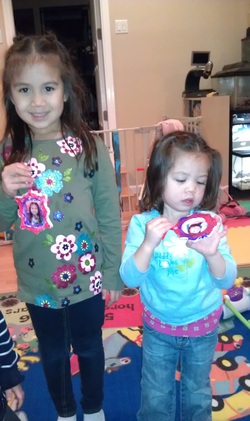 Early in the 1800's, the first Christmas ornaments were fruit and nuts, which symbolized the certainty that life would return in the spring. Today we celebrate the Holidays with a myriad of decorations and traditions. One of the most cherished traditions is home made ornaments. This week each child made an ornament that expressed their individuality and captured their holiday happiness. They had the opportunity to paint and color the ornament any way they wished and we placed a picture of each child in the middle. Each child presented their ornament to their parents with pride and took them home to display in their Holiday decorations. 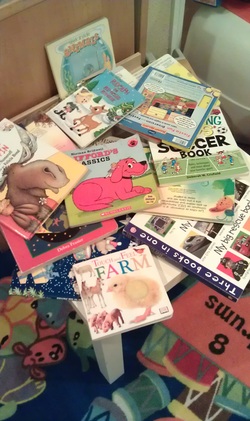 Preschool Readers Most of us don't remember learning to read but many of us remember being read to by our parents, teachers, or other caregivers. The process of learning to read is actually quite a lengthy and complicated process involving deciphering phenomes (language sounds) and connecting those to the printed alphabet. The best way to teach young children to read is to read to them. From infancy through preschool age, children are aquiring our language(s) and reading to them is a fantastic way to introduce new and exciting sounds and ideas. By reading to our children we give them many opportunities to hear our sounds (phenomes) and connect them to printed letters (phonics). Let children pick out the books and read them often. Unlike adults, children don't get bored with reading the same book over and over. They are anticipating the sounds, making connections and enjoying the pictures. Spice it up by changing a word or two...you may find that your child will catch your mistake! Research has linked music making with increased language development, math ability, improved school grades, better-adjusted social behavior, and improvements in spatial-temporal reasoning...but children don't know all of that and they don't care! They just love music. Below is a video that the children have fallen in love with...they ask for it to be played over and over again. They dance and sing to the song and they use their own instruments to add their own sounds. Enjoy. Dana Wilson |
ProjectsParents interact with staff about student's Projects. Archives
November 2023
Categories
All
|
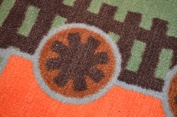
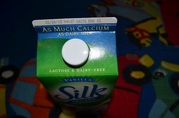
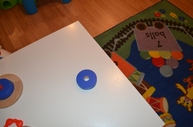
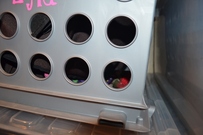
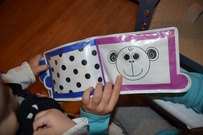
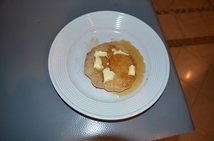
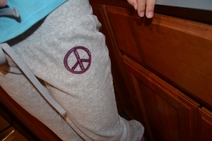
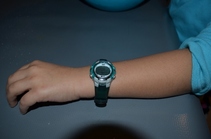
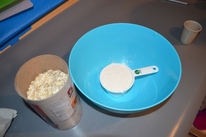
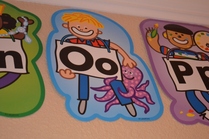
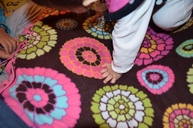
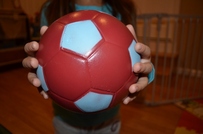
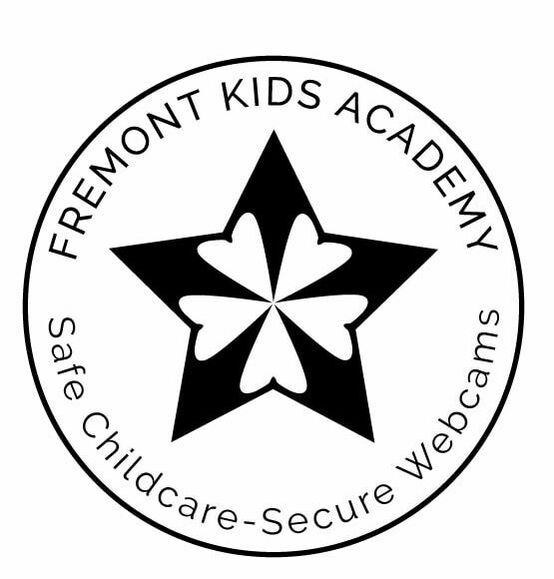
 RSS Feed
RSS Feed